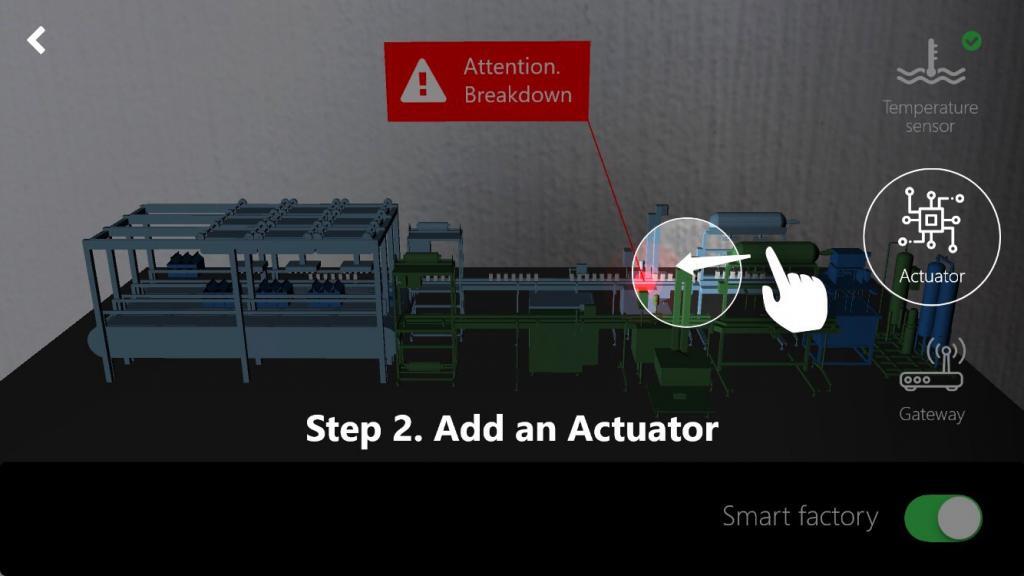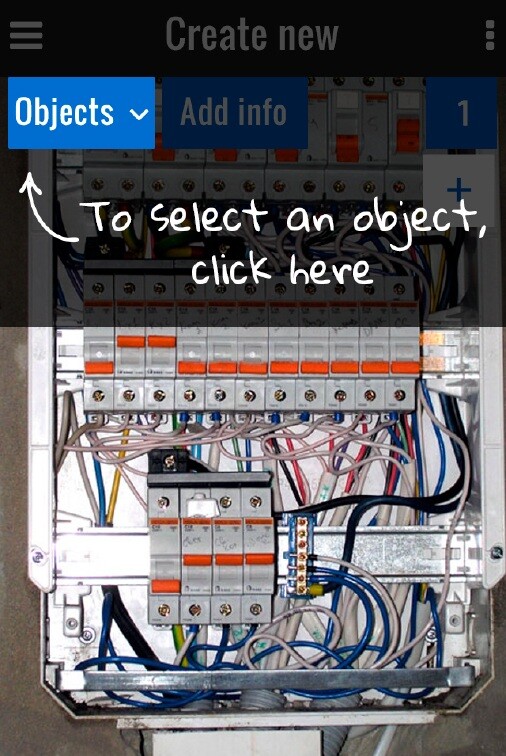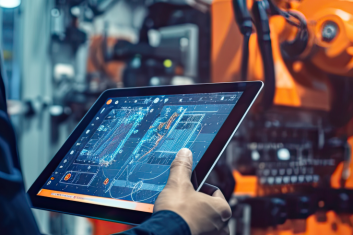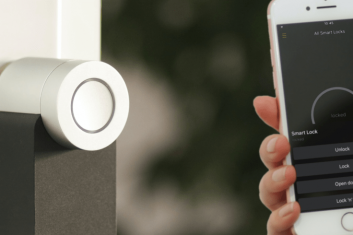More often companies apply industrial IoT automation best practices, AR for learning automation, VR solutions for the idea and design visualization, implement flexible automation solutions to enhance assembly lines and make them smart. Different businesses have diverse manufacturing challenges, and the aforementioned technological solutions are used in different ways.
Yet no matter the use case, companies tend to gain profit from applying something new to their production processes. The common benefits are:
Access to real-time information. Enterprise workers often need a currently running job information, and smart factories are easily complemented with such hardware plus software solutions. The real-time supervision allows for a better understanding of how the factory is performing.
Station workload balance. Having statistical data about how production lines perform, supervisors can more precisely balance the line to make it accomplish interconnected jobs more effectively.
Production line monitoring and automation. Smart factories allow for assembly line monitoring, and the gathered information is important to make well-thought-out decisions on how to decrease changeover time and utilize production time more efficiently.
Now we will reveal how exactly the abovementioned solutions can be applied to automate different production processes, and what extra benefits they bring.
Internet of Things for Manufacturing Processes Automation
In manufacturing, the IoT technology is a huge part of Industry 4.0 initiative that implies creating smart factories with the help of Industrial IoT appliances, cloud computing, cyber-physical systems. The IoT observers predict that in the future there will be not only parts of the plant connected to each other but also the entire plants interconnected, sharing important data for the common good.
Speaking about all the devices that accomplish a particular task at an enterprise, it is important to note that distinct devices need to have a common ground. For example, the platforms that unite all the appliances under one roof are vital for the devices that complement smart production lines and automate particular actions. Continued operation and, common data retention format and advanced security are the core features that such platforms must provide.
There are flexible yet agnostic solutions that are capable of connecting the appliances for a smooth data flow. But this is not the only thing they do – they can gather insights on how the devices work and bring business value by providing data for analysis. For example, such flexible platforms can help optimize energy consumption by analyzing the efficiency of energy usage. In a perfect future, the IoT devices that are used to automate production lines interoperate smoothly and create data that is easily stored and analyzed.
Another facet of IoT utilization is to automate the maintenance of production lines. Smart factories are often enhanced with IoT appliances, e.g. sensors, to track how the line performs and whether it experiences some outages. At regular factories, the production line stands still until someone comes to fix a problem – for example, a repair specialist needs to turn the cooling system for the overheated machine. A smart factory uses IoT sensors that track the temperature and send this data for monitoring, but that is not all. The IoT solution can detect a failure and force a smart production factory to autonomously ask for the instructions on how to perform self-repair. We have visualized how it commonly works in Android and iOS AR apps.
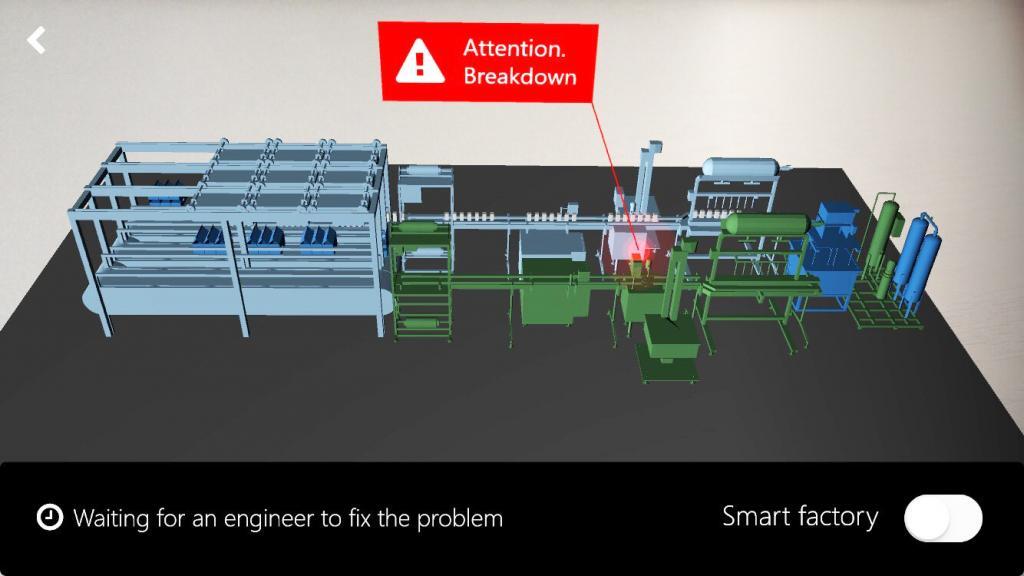
AR/VR for Complementary Processes
Manufacturers investigate how can they implement AR solutions to enhance the processes that аre complementary to the production itself, yet still important. The focus is equipment maintenance, and AR is a powerful tool for it.
One of the most promising use cases is AR for virtual instructions. Augmented reality solutions offer virtual step-by-step instructions for engineers that visualize what exactly to do while operating an assembly line or other equipment. The workers in the field thus receive work guidance in an engaging and efficient way. In addition, the AR-based solutions decrease the time needed to educate the workers, namely novices, because such solutions show what actions to take via realistic 3D models.
The superpower of augmented reality is the ability to create AR-powered instructions that nearly every person is comfortable following. One more field where it is utilized is quality control. Field operators can follow the pre-built roadmap of equipment quality checks, having all necessary data displayed right in front of them. To manipulate the equipment they have their hands free thanks to wearing an AR headset.
Speaking about VR, it helps to get an idea of any project that manufacturers want to start. VR apps allow engineers, designers, and a client to virtually interact with a model of a future product and view it, for example, under the different light. In this case, there is no need to create expensive prototypes to get a lifelike experience.
A mixture of virtual and augmented reality is expected to replace classic human-machine interfaces someday. Instead of manually checking all the separate screens that show some equipment stats, engineers can just walk around the production lines and other equipment seeing all the necessary data overlaid right on them. All that is needed is to wear an AR headset, which also keeps engineers’ hands-free.
Flexible Automation for Efficiency
Manufacturers, depending on the product they create, need to purchase new equipment for each new product design. After the equipment is used, it would probably stand idle, waiting for someone who figures out how to re-use it. As we can see, this automation type means you customize the production line around single product design. This is called fixed automation, and a flexible one allows for going the other way. With flexible automation, the equipment is re-programmed to accomplish a different set of tasks, create different product designs. Buying and configuring such equipment may be expensive yet beneficial in the future – manufacturers do not have to buy new equipment every time they need to change the production.
A huge benefit of flexible automation is the ability to keep production costs fixed for both small and big batches of parts. When it comes to producing the mixes of parts, flexible automation also takes over – it provides a quicker ROI compared to fixed automation. Another important detail is that such assembly lines can be easily moved around and reconfigured. Such mobility is a huge advantage for the manufacturers that have frequent product lineup changes. For example, Toyota had figured out that flexibly configurable assembly lines fit their automotive production requirements best. The lines are easier to change following the current demand, consume less energy and boast increased reliability.
To Sum Up
The manufacturers understand how important it is to implement automation solutions for production. They are eager to follow the latest tech innovations, yet sometimes have some considerations about the costs and possible outcomes of/from implementation. Even if some technologies seem to be not suitable for enterprise use, like AR/VR that for a long time was considered gaming-only, they can greatly contribute to many processes, if in the right hands.

HQSoftware Founder
Having founded the company in 2001, uses his broad knowledge to drive the company forward. Ready to share his wisdom on software development and technology insights
Related Posts
View All
We are open to seeing your business needs and determining the best solution. Complete this form, and receive a free personalized proposal from your dedicated manager.

Sergei Vardomatski
Founder

